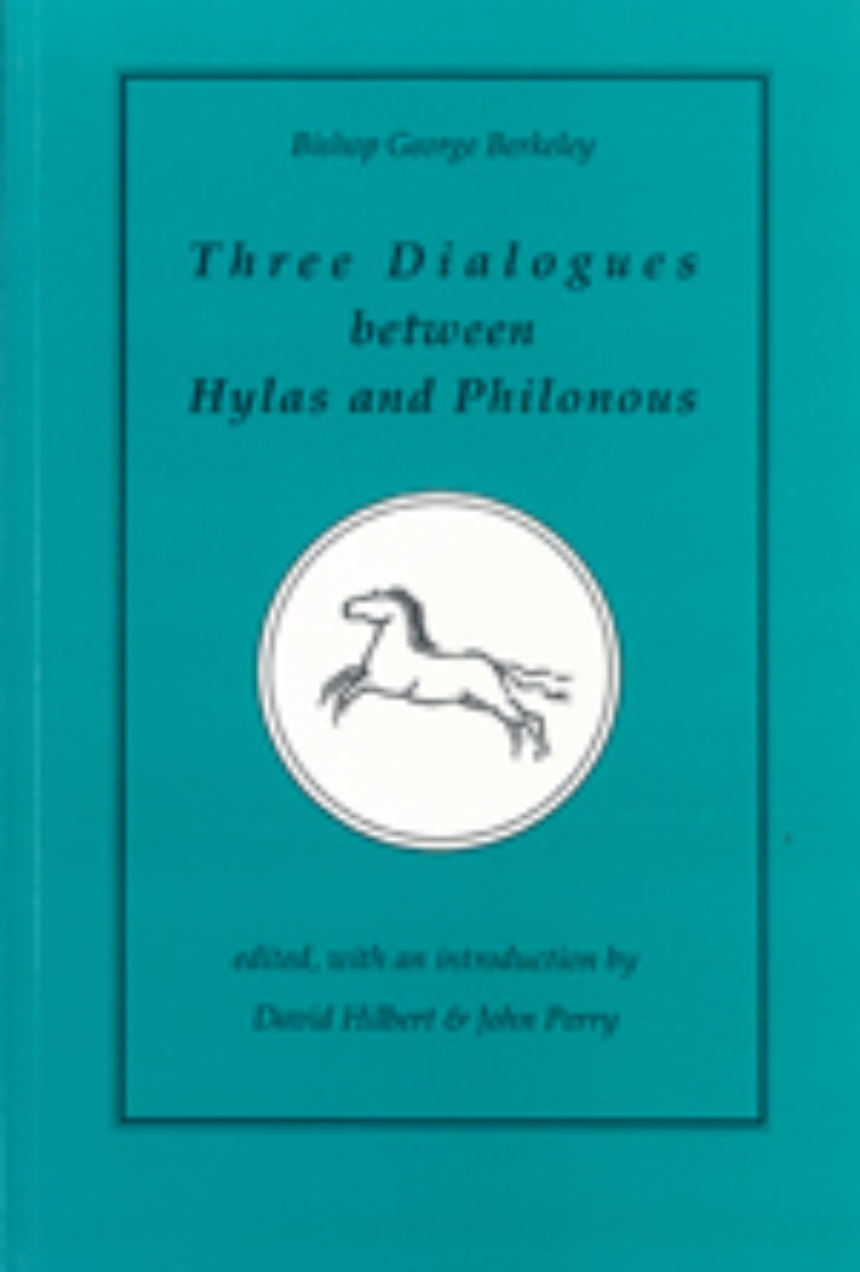Center for the Study of Language and Information
Three Dialogues between Hylas and Philonous
Distributed for Center for the Study of Language and Information
Three Dialogues between Hylas and Philonous
Table of Contents
Introduction
1. Why Study the Dialogues?
2. Perception, Action, and the World
2.1 Ideas vs Things
2.2. Berkeley’s Concern with Skepticism
2.3 The Move to Phenominalism
2.4 Phenomenalism and Common Sense
3. Berkeley’s Alternatives
3.1 Discontinuous Realism
3.2 Continuous Realism
3.3 Unsupported Phenomenalism
3.4 Theistic Phenomenalism
3.5 Interpreting Berkeley
4. Berkeley’s Life and Work
5. A Note on the Text
Selected Bibliography
The Dialogues
Preface
The First Dialogue
The Second Dialogue The Third Dialogue

